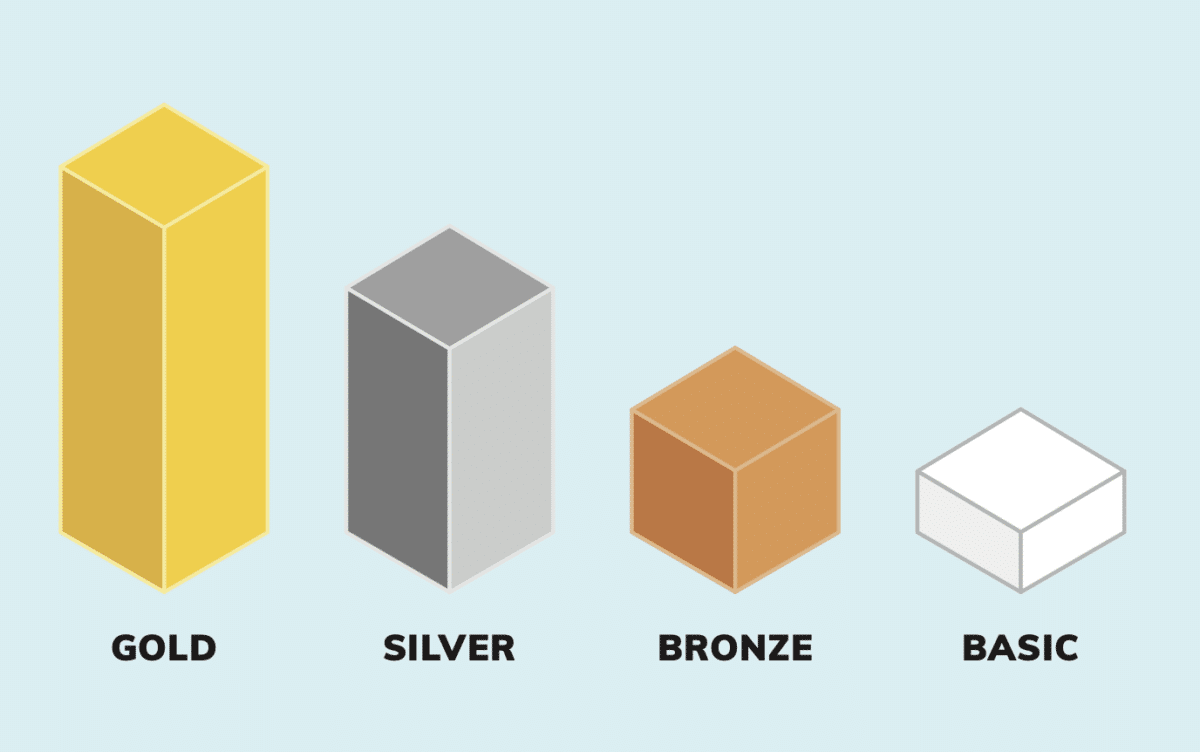Category: Health Insurance Compare
-

Just married. Do we need couples’ private health cover?
Just got hitched? You might be wondering whether switching to a couples private health policy is right for you. Well, the good news is, there’s no hard and fast rule that says married couples have to switch to a joint private health insurance policy. Ultimately, the decision is up to you and your spouse, and…
-

Can private health insurance help with braces and orthodontics?
Are you considering getting braces or orthodontic treatment for yourself or your child? It’s understandable that you may have concerns about the cost, time commitment, and overall inconvenience of the process. However, it’s important to remember that corrective dental braces offer numerous benefits beyond just a perfect smile. They can significantly improve your oral health…
-

How to reduce your tax with Private Health Cover
Have you ever wondered how you could lower your taxes just by signing up for private health insurance? In Australia, we have something called the Medicare levy surcharge (MLS), which is a tax implemented by the Government to encourage people to use private hospitals alongside Medicare. This tax applies to individuals and families with higher…
-

The Essential Guide to Private Health Cover for Singles
As a single person, your private health coverage requirements may differ from those of a couple, single parent, or family. That’s why it might be beneficial for you to consider a singles policy that is specifically tailored to your current stage of life, overall health, income, and personal preferences. When it comes to safeguarding your…
-

Lifetime Health Cover Explained
Are you turning 31 soon or have you already passed that age milestone? If so, it’s important to know about Lifetime Health Cover (LHC) loading and how it may affect your private health insurance. Here we’ll explain what LHC is, how it works, and how it can impact your healthcare costs. We’ll also provide some…
-

What do I get with my silver tier cover?
With many levels of private health hospital cover on the market today, it’s often difficult to know what level would suit you and your budget. If gold hospital cover is too expensive or you don’t need the inclusions, silver hospital cover is often a good middle-level coverage choice. Here we will compare private health policies…
-

The 4 most claimed Extra’s Benefits when it comes to Private Health Cover
When it comes to taking care of your health, having private health insurance is an excellent way to ensure you have access to the best care possible. But what about those extra health expenses that Medicare won’t cover? That’s where extras policies come in handy. In this blog, we’ll take a closer look at the…
-

What is Gold Hospital Cover?
In 2020 the Government introduced reforms to make understanding private health insurance simpler and assist consumers to choose the right hospital cover best suited to their requirements. Private health funds were required to change their hospital classifications to Gold, Silver, Bronze or Basic. Gold hospital cover gives you the confidence that your health needs are…
-

Finished having children – What should I do with my Private Health?
Once you’ve made the decision to not have any more children, you may be wondering what to do next with your private health cover. It’s important you revisit your health cover and make the necessary updates to take pregnancy cover off the policy, so you are no longer paying for it. Pregnancy cover comes with…
-

What Does ‘no Gap’ mean with Private Health insurance?
So you have private health insurance and want to know how much you might have to pay for medical treatments out of your own pocket? We’ve got you covered with our easy guide FAQ. Q: What does ‘no gap’ mean when it comes to private health insurance? A: Basically, it means that you won’t have…